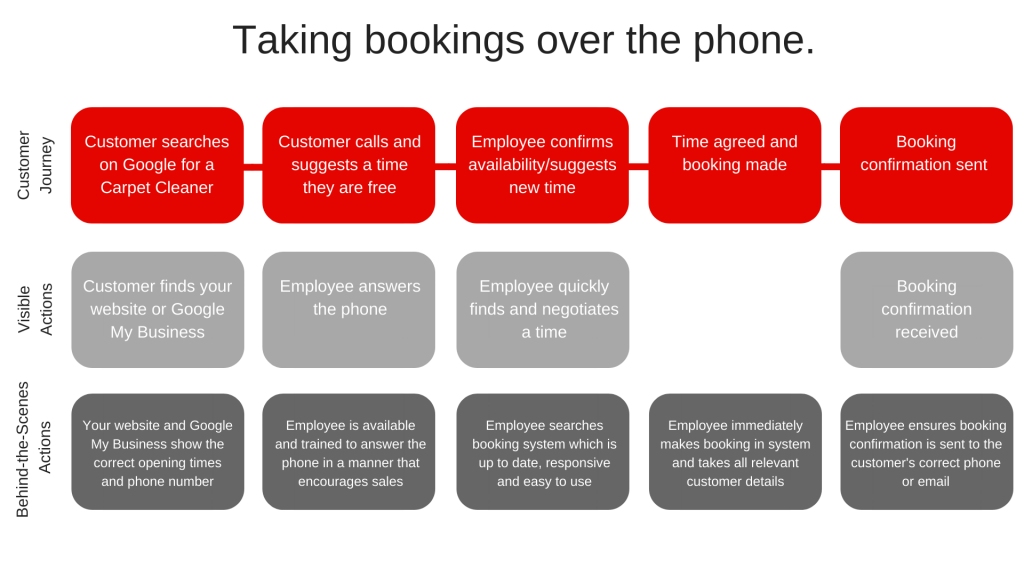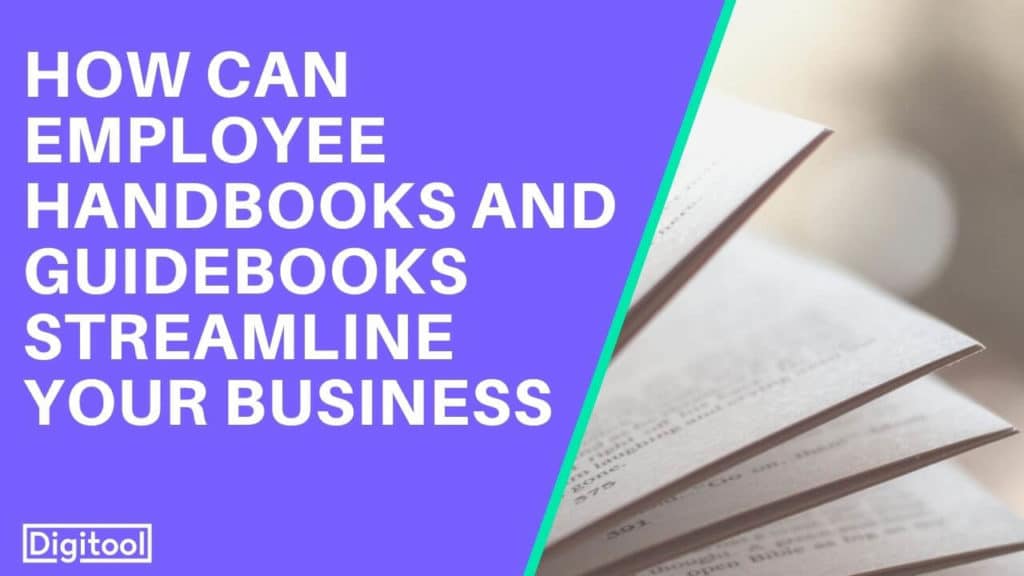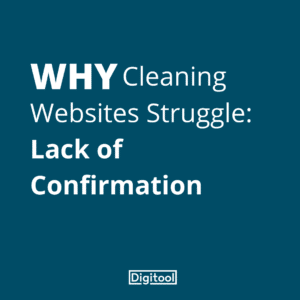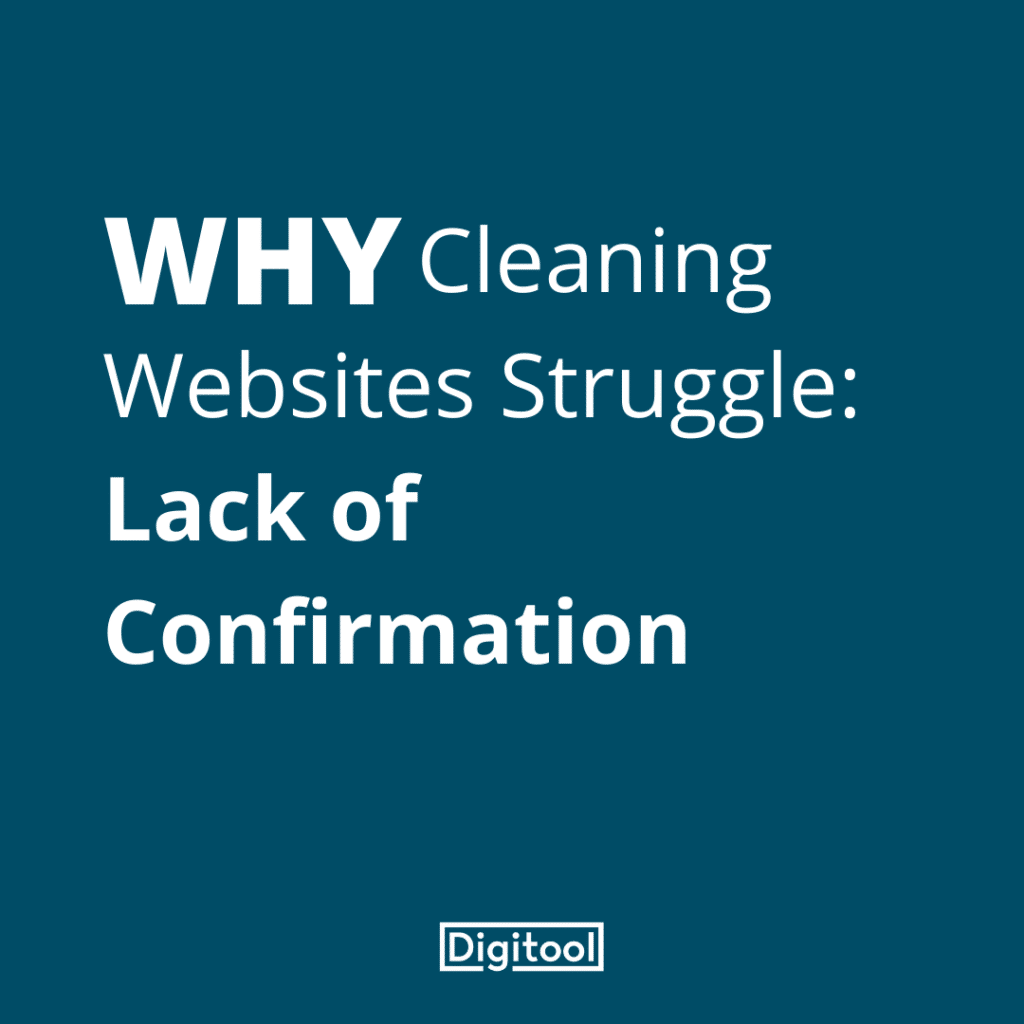Summary
In this lesson, we’ll be looking at how to document your business’ processes to save you time and money.
First, we’ll walk you through creating an Employee Handbook. Employee Handbooks are a source of all the must-know information that your staff need to work for you. Whether it’s the wifi code, how to report sickness or how they can book time off, putting this information in one place ensures that standards are followed and fewer questions are asked.
Then, we’ll take a look at Employee Guidebooks. Guidebooks are different from handbooks as they focus on how to do the job, rather than on the HR side of things. Think; how to make bookings, how to answer the phone or how to invoice customers. Once you’ve trained your staff up, the guidebook will be a manual that they can refer back to whilst they’re learning and if they ever need a refresher in the future.
Creating these documents is going to streamline your business and free time up for you to work on the most important and profitable elements of your business.
Choosing the format for your Guides
Before you get started, consider how and where you’d like your employees to be able to access the guides. At Digitool, we have created a shared folder in our Google Drive that everyone can access. The great thing about this is that we can make edits to our processes in real-time, and be safe in the knowledge that everyone will have the latest version. We’d advise against hard copies for this reason.
Creating and Using Employee Handbooks
To write your Employee Handbooks you need to get in the mindset of your staff and what they will need and want to know when they start working for you. It will be their ‘bible’, covering all of the common questions about their job that they might have over the years.
We suggest breaking the handbook down into these main sections, roughly as follows:
- Welcome:
- A bio on your company,
- Your mission statement and values,
- Where your employee fits into the bigger picture.
- Getting Started:
- Logins to any systems you use,
- Any apps they might need to download to their phone,
- Phone numbers they need to save,
- Important team contacts
- Where they can find any equipment they need.
- HR and Company Policies:
- Annual leave allowance and how to book it off,
- Sick policy and how to call in sick,
- Employee benefits,
- When and how their salary will be paid.
Expand or remove points from this list where necessary. Illustrate your points with pictures and screenshots where you can to make it clear and engaging. This document will be your new employee’s first impression of working with you, so make a good first impression!
Creating and Using Employee Guidebooks
Training your staff is a time-consuming process and a cost we have to absorb as business owners. Creating Employee Guidebooks minimises this cost by acting as a support document for your staff to refer to whilst they’re learning.
Service Blueprinting
If you haven’t already, this is also a great opportunity to blueprint your services. Service blueprinting is a method of mapping out your processes in a way that puts the customer first. It’s crucial that you view your processes in this way, as your customers are central to your business! Customers want it to be easy to work with you – they don’t care what happens behind the scenes to make that happen.
Here’s how you can blueprint your services:
- First, list each stage of Customer Journey. This is the process from the customer’s perspective.
- Then, map the visible actions for each step. These are the actions that the customer “sees”.
- Finally, map the behind the scenes actions that have to take place for each step to go smoothly.
Take a look at this simple example for taking bookings over the phone:

As you create your service blueprints, you’ll notice what the customer actually cares about when they deal with you. Then you can create your employee guidebooks with this focus in mind, making your business easy and pleasant to deal with.
Employee Guidebooks
Now you can create your employee guidebooks. For each service blueprint, create a comprehensive manual that instructs your employees on exactly how to fulfil each service.
Let’s look at the example of taking bookings over the phone again. Using the simple service blueprint we created, we can create the structure for the guidebook:

Good luck! Once you’ve created your guidebooks, remember to use them, share them and update them. Make sure you reap the benefits.
Return to Course Outline








